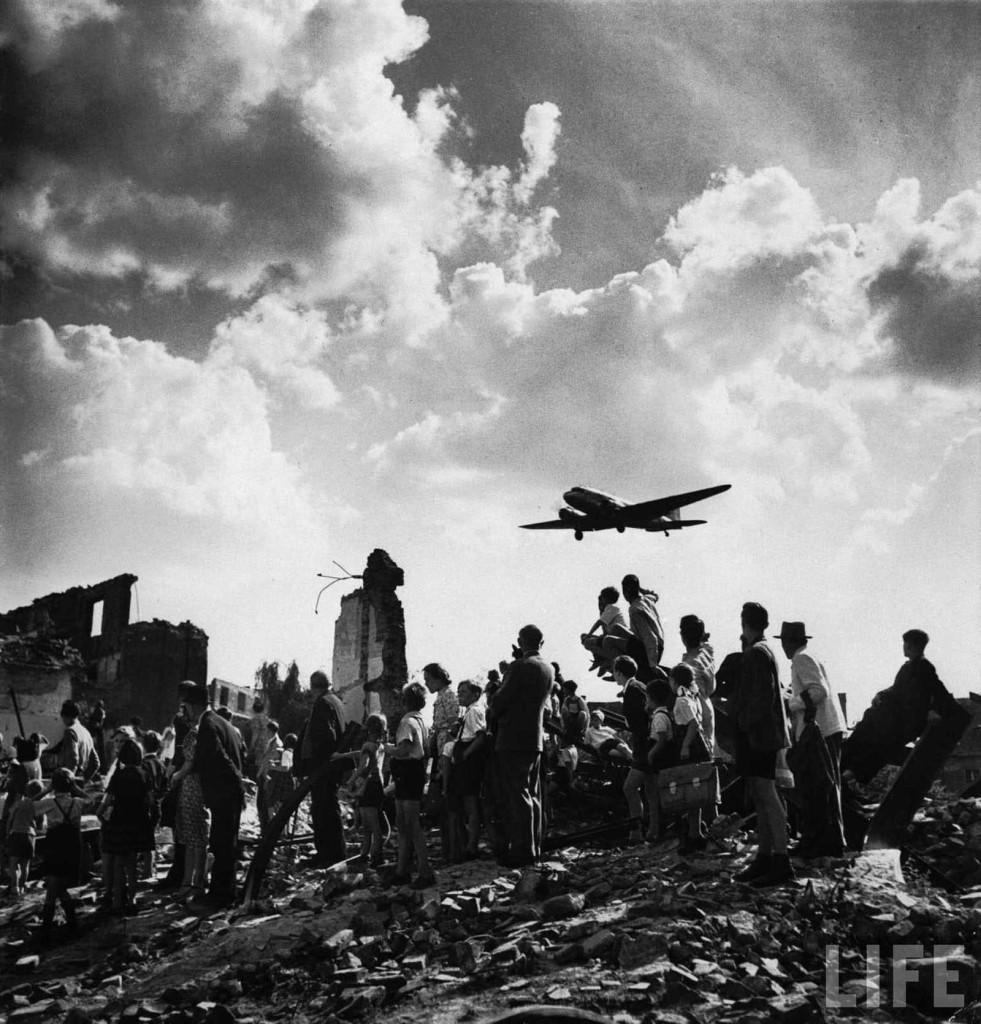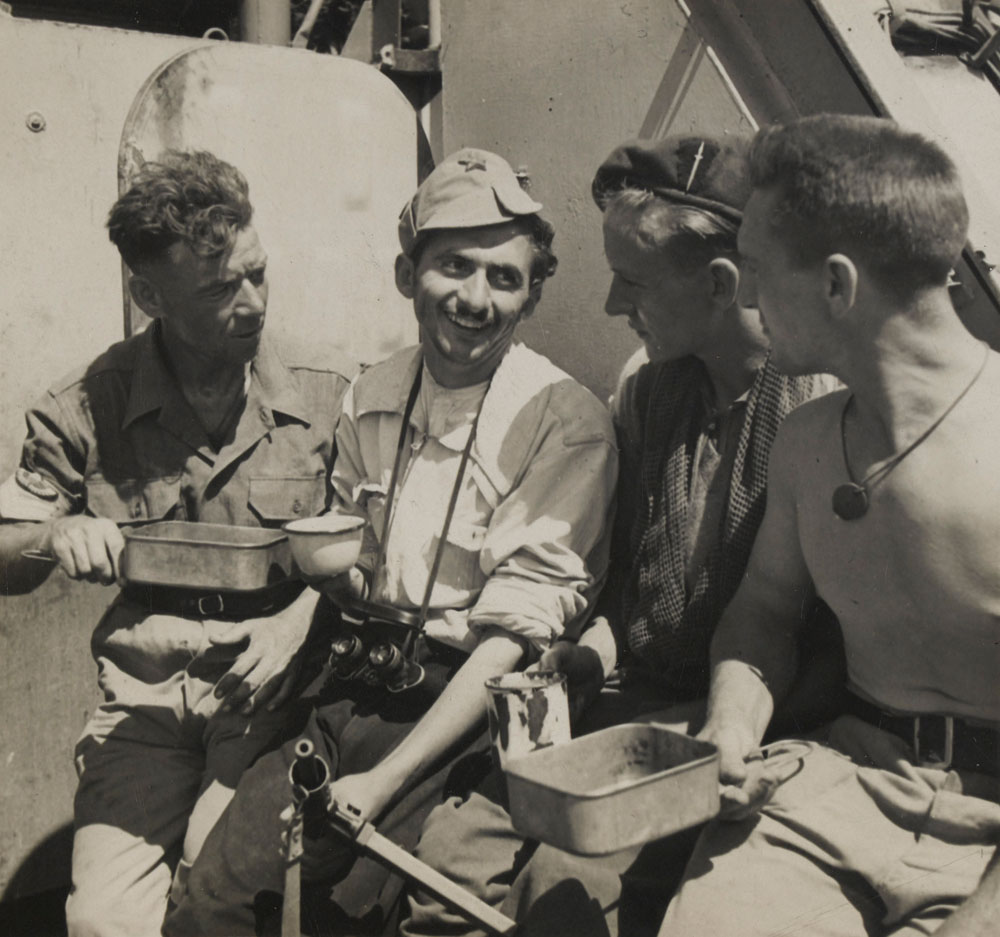What exactly was the Cold War? Who started it and could it have been averted?…
…In that early Cold War summer of 1946, with the Greek government embattled and near economic collapse, the British began to consult with American officials, suggesting that urgent economic aid would be needed to keep Greece alive. ( Where have we heard that before!) Britain was having a most difficult time maintaining her imperial commitments, and Greece was becoming too heavy a burden to carry alone. Secretary Byrnes reached an agreement with the British foreign secretary, stating that, for military and strategic reasons, Greece and Turkey must not fall into Soviet hands. But President Truman was not in a position to give substance to the Byrnes agreement. His prestige was low and in the Congressional elections of 1946, the Republicans swept to triumph in both houses, making Truman a minority president.

—This year marks the 60th anniversary of the Berlin Airlift. The heroic efforts of the United States and her Allies saved more than 2 million men, women and children in Berlin.
The Berlin Airlift began on June 26, 1948. The Soviets sealed off the western portion of Berlin controlled by American, British and French forces. In response, the western allies took to the skies and began flying in provisions for West Berlin’s 2.2 million residents, an effort that grew into the Berlin Airlift.
In one of the greatest humanitarian actions of all time, American and British aircraft supplied the inhabitants of Berlin with food, fuel and other supplies during the unprecedented Berlin Airlift, which came to be known as “Operation Vittles”. At midnight on May 12, 1949, the Soviets reopened land and water routes into Berlin ending the 322-day blockade of Berlin.—click image for source…
At that point in history many elements of the Cold War were already in place: Soviets and Americans were confronting each other in a wide arc from Iran to Turkey to Greece to Germany; Communists held powerful positions in the societies and governments of Italy and France; and, daily, there were venomous exchanges at the United Nations. The Cold War had indeed started, but it had not yet erupted in fury. The situation was not yet irretrievable. The deep freeze was to settle on Europe, then on the world, splitting it apart for a quarter of a century, would not solidify until 1947- that was the year of the Cold War.

—Civil war
The British faced a similar problem in Greece, where there were also two resistance groups, the Communist dominated National Popular Liberation Army (ELAS) and the republican Greek National Democratic Union (EDES). The two fought a bitter civil war until the Allies brokered a temporary ceasefire, but relations with both groups were difficult for the remainder of the war.
Members of No. 2 Commando share a cup of tea with a Communist Partisan, 1944
As 1947 dawned, political leaders hid their fears, succumbing to the clamor for a return to normalcy. President Truman, straining for popularity, had launched the new year optmistically. In a surprise proclamation delivered on December 31, 1946, he announced the formal termination of hostilities in World War II. “Great gains have been made in translating military victory into permanent peace,” he stated, and nullified a number of war and emergency statutes “in an effort to bring our economy and our Government back to a peacetime basis as quickly as possible.” He must have known this was going to be a difficult, even impossible task. ( to be continued)…





 COMMENTS
COMMENTS